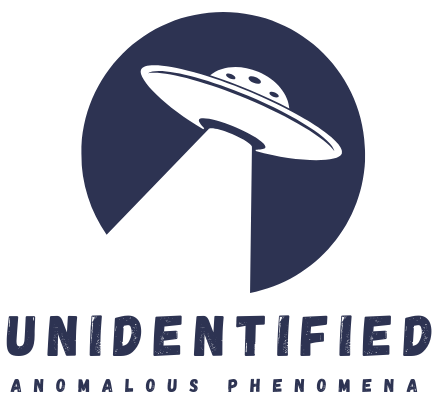Look at Nabil Boutros’ portraits of sheep and goats with an ounce of compassion and the slaughter of these docile animals is something that will become seared into your mind. Like Paris Petridis’ donkey, tied up in the desert under the searing sun, all alone. There’s Marcus Coates’ “Extinct Animals,” comprising plaster casts of his hands as he makes shadow puppets depicting animals that have disappeared from the planet as a result of human activity. A wall covered in empty bird cages. Another with photographs of hunters posing proudly with their dead animal trophies. The incredible scene of a pig jumping out of a moving truck in Texas to escape its fate…
Every image, every sound in the ongoing National Museum of Contemporary Art exhibition “Why Look at Animals? A Case for the Rights of Non-Human Lives,” delivers a punch to the stomach. The protagonists: animals. Beings we regard as inferior, almost invisible; we treat as objects; we’ve stripped of their vital role in their own ecosystems. Our societies’ anthropocentrism condemns them from birth to our Procrustean bed. Yet animals have intelligence and feelings; they have stories and carry trauma – just as humans do. It is high time we looked at them, then, as they should be looked at, as they deserve. It is the only true way to see ourselves, after all.
Contact with animas is a journey of self-discovery. Our humanity depends on how we view and treat non-human beings. Compassion for them awakens all the forces of good in us – and this is not just some romantic notion; I’ve seen it happen.
After spending almost three hours taking in the exhibition, I step out onto busy Kallirois Street with a lump in my throat.
“If animals believed in God, the devil would look like a human being,” according to British artist and activist Sue Coe. A human being… a being capable of the worst, but also of the best.
Museum Director Katerina Gregos grew up in a house with a garden and lots of animals. Her father, she has said, was able to get even owls to trust him and he would feed them as they sat on his arm. When he died, the birds called out for him for three years…


